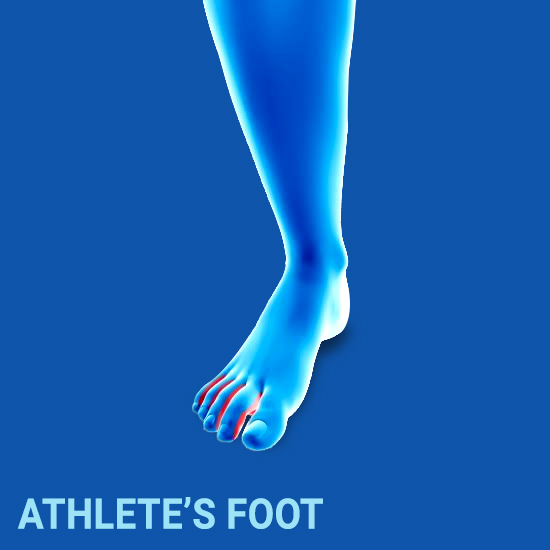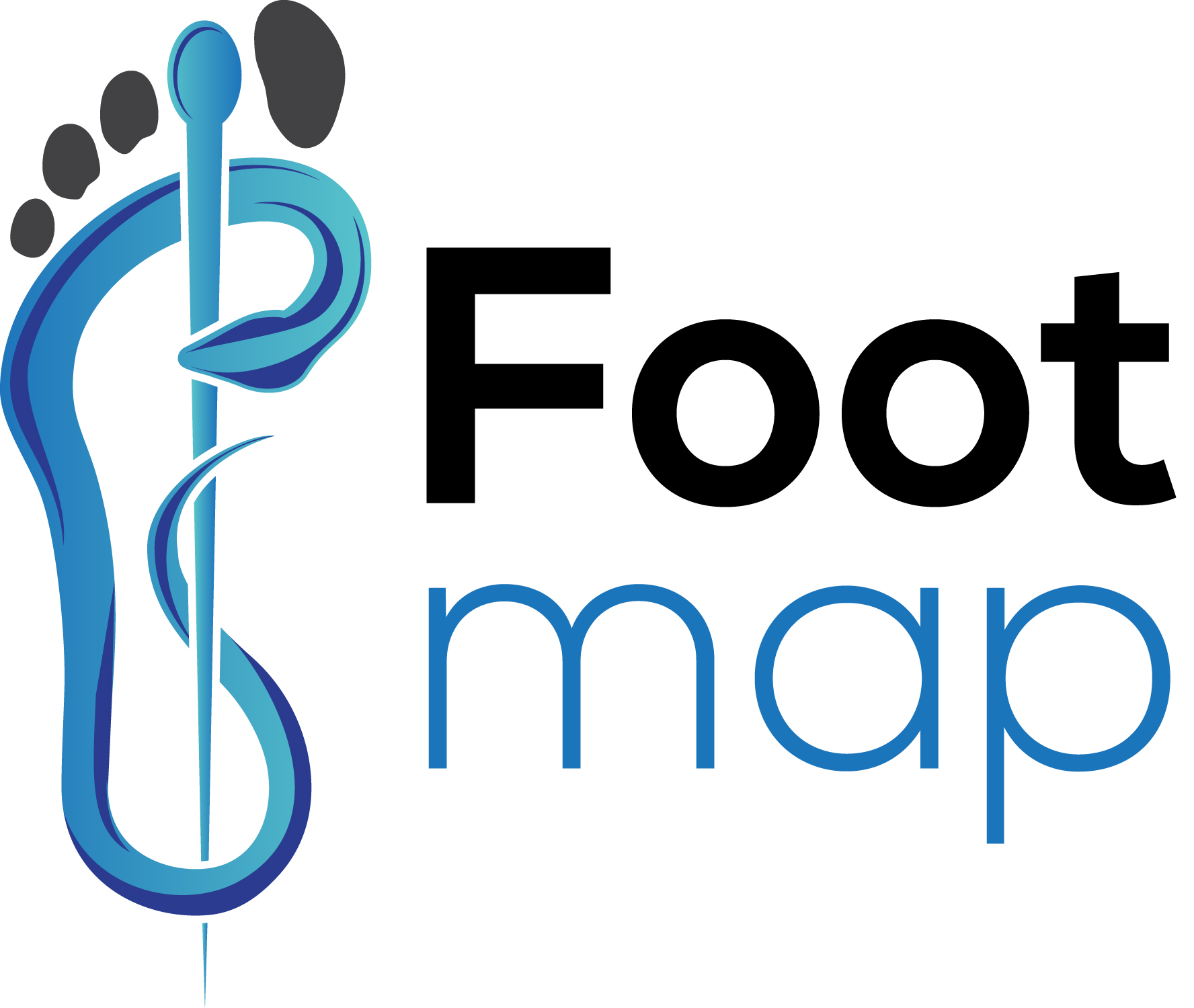Athlete’s foot
 Tinea Pedis or Athlete’s foot which affects the upper layer of the skin of the foot, between the toes where it usually begins, is a contagious fungal infection. A fungus named Trichophytonis the cause of Athlete’s foot, and it needs a warm and moist environment like inside a shoe to thrive and cause infection. Over-the-counter medications used to treat Athlete’s foot. Those with diabetes and a weak immune system should consult a doctor at the earliest. Sometimes Athlete’s foot can spread to hands, groin and body. Athlete’s foot affects all age group of people.
Tinea Pedis or Athlete’s foot which affects the upper layer of the skin of the foot, between the toes where it usually begins, is a contagious fungal infection. A fungus named Trichophytonis the cause of Athlete’s foot, and it needs a warm and moist environment like inside a shoe to thrive and cause infection. Over-the-counter medications used to treat Athlete’s foot. Those with diabetes and a weak immune system should consult a doctor at the earliest. Sometimes Athlete’s foot can spread to hands, groin and body. Athlete’s foot affects all age group of people.
Causes
- Walking barefoot in wet places such as communal area exposed to fungal spores, public pools
- Sweaty shoes and socks create an environment where the fungus can grow rapidly
- Sharing shoes or clothing with those having Athlete’s foot
- Wearing tight shoes
- Having a skin or nail injury
- Keeping your feet for an extended period
- Sweaty feet
- Contact with contaminated surfaces, shoes, towels
Symptoms
Athletes’ foot causes itchy scaly red rash between your toes. The appearance of small red blisters. Dry, flaky skin. Discolouration of the skin, painful fissures leaking fluid with an unpleasant smell and appears red. Toenails may pull away from the nail bed.
Diagnosis
By examining the symptoms, the doctor will diagnose the Athlete’s foot and may sometime ask for a skin test. The most common test for Athlete’s foot is Skin lesion potassium hydroxide examination.
Treatment
Over-the-counter topical antifungal medications used to treat Athlete’s foot. The doctor may also recommend home treatment like soaking the feet in saltwater or diluted vinegar to treat the infection. Sometimes Topical steroid is used to treat painful inflammation.
Recovery
Recovery depends upon the severity of the infection. For those with a mild infection, recovery may take up to two weeks. If the infection is severe, affecting the toenails, recovery may take several weeks.
Prevention
- Maintain foot Hygiene. Clean our feet by washing them daily and drying them thoroughly, especially between the toes
- Wear shoes with proper ventilation
- Change socks regularly and choose the ones that wick away moisture
- Do not walk barefoot in locker rooms, showers and public pool areas
- Do not share towels
- Use powder on your feet to reduce sweating
